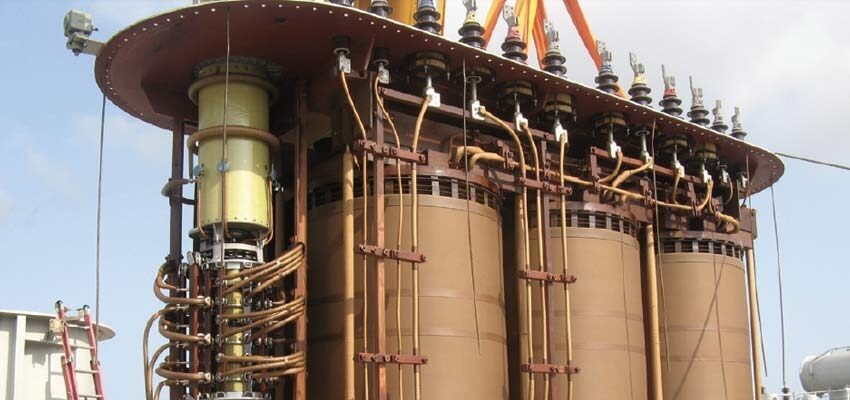
Column: Transformer maintenance
Hydrogen – the most measured and monitored transformer parameter Abstract Hydrogen gas has been the most measured transformer parameter in the last 30 years. At...
byMarius GRISARU

Hydrogen – the most measured and monitored transformer parameter
Abstract
Hydrogen gas has been the most measured transformer parameter in the last 30 years. At least 95 % of all online monitors used for continuous monitoring of transformers measure hydrogen. The majority of online monitoring performed on transformers measure only hydrogen, or the composition of gases as one figure relative to hydrogen. Subsequently, the data obtained for these single dissolved gasses is huge compared to any other measurement for transformer maintenance. The hydrogen concentration value seems to be the greatest contributor to making what is the most important decision for transformers worldwide – determining the transformer condition.
While my previous columns looked at a big picture of transformer maintenance through oil analysis, this article will scrutinize a very small element; in fact, the smallest molecule measured inside the transformer. The article will review historical facts related to hydrogen-based maintenance as well as modern approaches to hydrogen detection, measurement and especially diagnosis. Based on all these evidence, it is probably the right time to consider monitoring other dissolved gases in order to obtain an improved diagnosis. Future gas monitors will need to have less false alarms and greater rate of success in predicting fault condition and prolonging the transformer life.
Keywords: dissolved gas analysis, hydrogen, maintenance
- Introduction
Transformers have been used for more than 130 years. For most of that time, over 120 years or so, transformer cooling oil has been the most popular choice for insulating and cooling the transformer, and since those early days of their operation, the engineers, mostly electrical engineers, have been trying to measure as many available parameters as possible based on the knowledge and possibilities available in each time period. The first such measurements were performed at the beginning of the 20th century. Probably the first measurements were the breakdown voltage or the capabilities of the insulating oil to support an increasing DV voltage applied between various tips. As soon as the knowledge and the technology became available, engineers started to perform most of the tests we perform today, such as oxidation stability, moisture and acidity, and they even started estimating the gasses produced in the insulating oil at different stresses.







